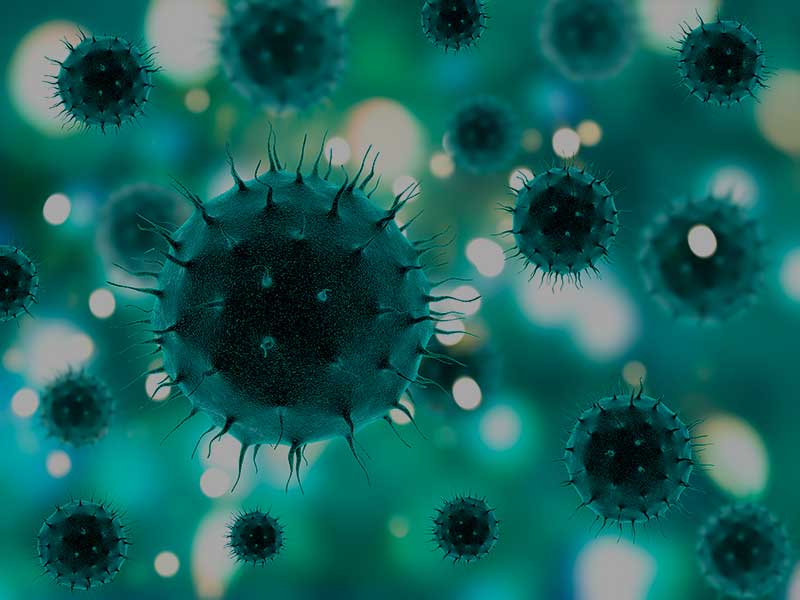Gregorio Gomez, from the Department of Pathology, Microbiology and Immunology from the South Carolina School of Medicine made a review of published research that support omalizumab, Designed Ankyrin Repeat Proteins (DARPins) and fusion proteins as the three most currently viable strategies for inhibiting the expression and activation of the high affinity FceRI on mast cells and basofiles.
Activation of mast cells and basofiles that leads to allergic diseases, such as allergic rhinitis, atopic dermatitis, urticaria, anaphylaxis and asthma can happen in different ways. Allergic reactions are normally associated with the crosslinking of the high affinity Fc receptor for IgE, FceRI, with multivalent antigen. Inflammatory mediators released from cytoplasmic granules following FceRI crosslinking induce immediate hypersensitivity reactions, including life-threatening anaphylaxis, and contribute to prolonged inflammation leading to chronic diseases like asthma. Inappropriate or unregulated activation of mast cells and basophils through antigenic crosslinking of FceRI can have adverse consequences.
Researchers based their work on developing biologics that act to inhibit or attenuate the activation of mast cells and basofiles using FceRI as a viable target.
The three most currently viable strategies include omalizumab, an anti-IgE monoclonal antibody, which has the secondary effect of reducing FceRI surface expression, DARPins, which take advantage of the most common structural motifs in nature involved in protein-protein interactions, to inhibit FceRI-IgE interactions and fusion proteins to co-aggregate FceRI with the inhibitory FcgRIIb.
In order to maximize the use of omalizumab, additional clinical studies are needed to identify allergic diseases against which omalizumab could be effective beyond asthma and spontaneous urticaria.
The development of DARPins hold the promise of targeting FceRI or IgE with greater specificity and better efficacy than monoclonal antibodies without the difficulties associated with their development.
Harnessing the inhibitory properties of FcgRIIb towards FceRI with fusion proteins also shows promise as shown in pre-clinical studies.
















